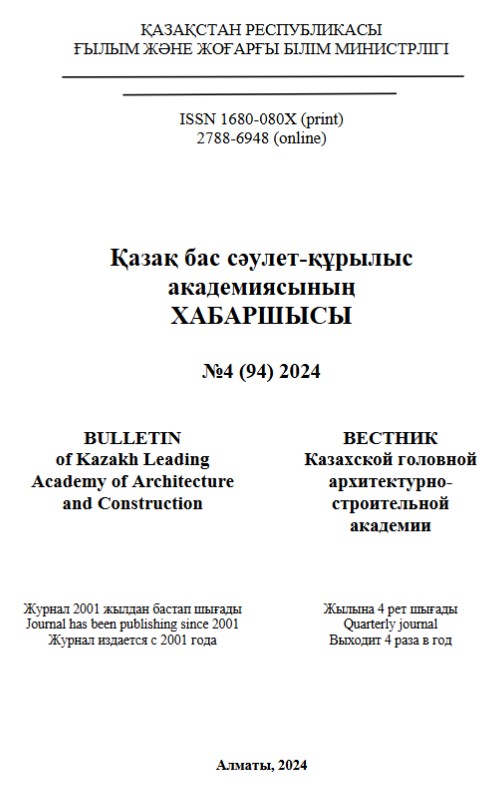Abstract
This article outlines the findings of a study focused on uncovering the sources of Almaty's identity, which have evolved over time through various architectural ideas. The Soviet era was particularly influential in shaping the city's architectural development. The study examines the current urban environment, including buildings and structures within Almaty's historical district. The research methodology employs a comprehensive approach, incorporating several methods. These include gathering projects and illustrative materials (such as drawings, photographs, and plans) from archives, scientific publications, and digital resources; conducting field surveys of buildings and elements of the urban environment constructed in Almaty during the 20th century; and performing chronological, compositional, and comparative analyses, along with generalizing the findings. The study revealed that the cultural identity of Almaty's architecture in the 20th century stemmed from a blend of architectural trends prevalent across the Soviet Union, yet adapted to the regional context of Kazakhstan. Within the framework of a socialist economy, Almaty’s architecture reinterpreted traditional motifs to establish a link between the built environment and the local cultural heritage. In the 21st century, understanding cultural identity is crucial for crafting a compelling image of a city. It plays a key role in developing strategies for socio-cultural and economic transformation, and can be instrumental in attracting investment and tourism


